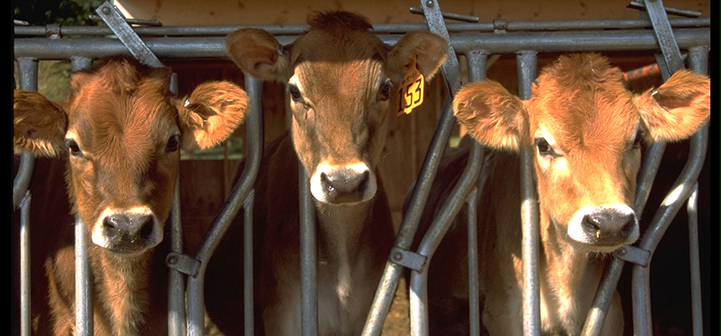
This article is part of our series of original articles on emerging featured topics. Please check here to see other articles in this series.
What is the difference between “Genetics,” “Genomics,” and “Genome?”
Genetics is a branch of biology focused on heredity and variation of organisms. In simpler terms, genetics focuses on the characteristics or traits that are passed from parents to children, from one generation to another.
Genomics is a scientific discipline focused on genetic mapping, DNA sequencing, and analysis of the complete genome of an organism, including organizing the results in databases.
Genome refers to the genetic material of an organism.
Please check this link first if you are interested in organic or specialty dairy production.
When were the first studies of genetics conducted?
Early studies investigating the genetic material of life began with Gregor Mendel, who published his research results in 1865. Through the use of peas in crossbreeding experiments, Mendel reported the inheritance of characteristics or traits occurred via units (which would later be described as genes).
In 1944, scientists at the Rockefeller Institute in New York reported that the genetic material was “DNA” or deoxyribonucleic acid. Watson and Crick, in 1953, described the structure of DNA as a double helix. Twenty-two years later, in 1975, researchers developed methods of DNA sequencing, that is, determining the sequence of the building blocks of DNA, referred to as nucleotides. A nucleotide consists of three components: a sugar molecule (deoxyribose in DNA), a phosphate group and a nitrogen-containing base. The nitrogenous bases include cytosine (C), guanine (G), adenine (A), and thymine (T).
The double helix, similar to a spiral staircase, allows DNA the ability to store and transmit information. The bases link across the two strands of the double helix: cytosine (C) pairs with guanine (G), and adenine (A) pairs with thymine (T).
What are genes?
The genetic code describes the relationship between the bases (A, C, G, and T) along a single strand. The alphabet (A, C, G, and T) forms a codon — a group of three letters — that code for specific amino acids, e.g., “AGC” is the codon for the amino acid serine. A gene is a sequence of nucleotides along a DNA strand that spells out codons (in three-letter sequences) that direct the sequence of amino acids necessary to form a protein. Therefore, each gene combines the four bases in various order to spell out three-letter codons that specify which amino acid is needed at every step in making a protein which determines the form and function of the organism.
When animals produce gametes (sperm in the male and oocytes in the female) each gamete may not carry the exact same DNA sequence, i.e., a polymorphism (poly= many, morph=form) may occur which involves one of two or more variants of a particular DNA sequence. The most common polymorphism involves variation at a single base pair. This variation is called a single nucleotide polymorphism, or SNP (pronounced “snip”), and may serve as a marker for a variety of genes. Scientists are currently studying how “snips” in the genome are associated with disease, production traits, and fertility in livestock.
When was the genome of cattle first described?
In 2009, after six years of research by 300 scientists from 25 countries, the genome of cattle was decoded and the results published in “Science” magazine.
The bovine genome has approximately 22,000 genes, of which 80% are the same as human genes. On-going investigations of the bovine genome are centered on understanding the genes associated with disease, production traits such as milk, fat and protein, and fertility.
Author Information
S. Menegatti Zoca
Sao Paulo State University, Botucatu, Brazil
B. Glaze
University of Idaho
D.A. Moore
Washington State University
J.C. Dalton
University of Idaho
Acknowledgement
The development of this document was made possible by USDA NIFA AFRI grant No. 2013-68004-20365.
References
Biology, Genetics, and Evolution. In: Scientific American Science Desk Reference. 1999. John Wiley and Sons, Inc., New York, NY, pp. 362-363.
Cambridge Academic Content Dictionary. 2014. Available on-line at: http://dictionary.cambridge.org/us/dictionary/american-english/
Elsik, C.G., R.L. Tellam, and K.C. Worley. 2009. The Genome Sequence of Taurine Cattle: A Window to Ruminant Biology and Evolution. Science, 324:5926:522-528. (Available on-line at: DOI: 10.1126/science.1169588)
Merriam-Webster. 2014. Available on-line at: http://www.merriam-webster.com/
USDA and NIH Funded International Science Consortium Publishes Analysis of Domestic Cattle Genome Sequence. 2009. In: National Human Genome Research Institute. Available on-line at: http://www.genome.gov/27531571
National Human Genome Research Institute. http://www.genome.gov/Glossary/
